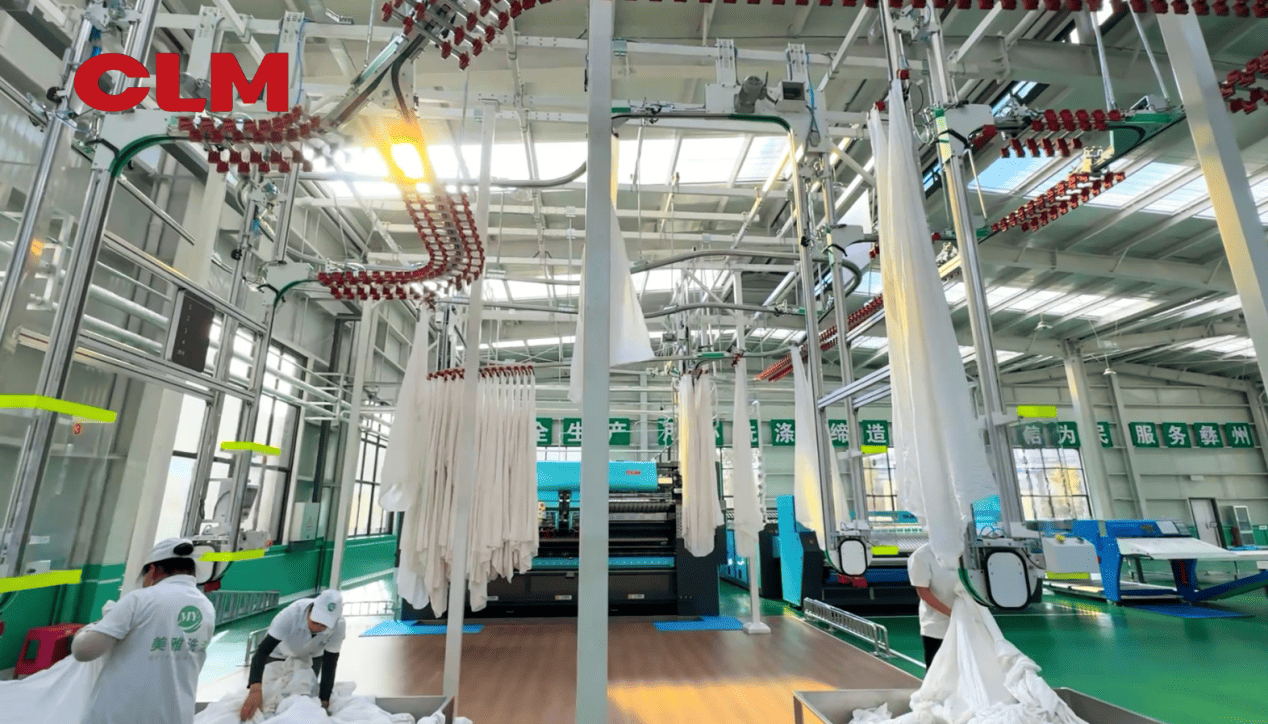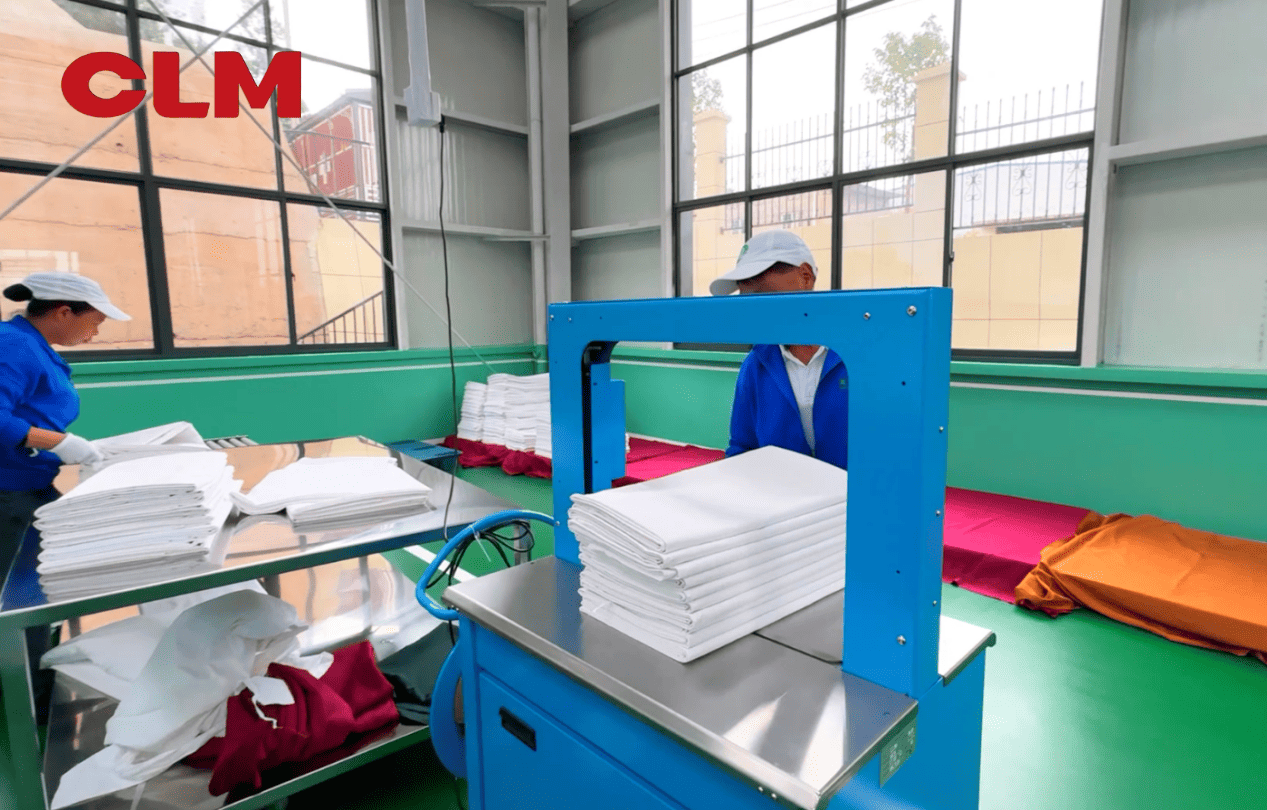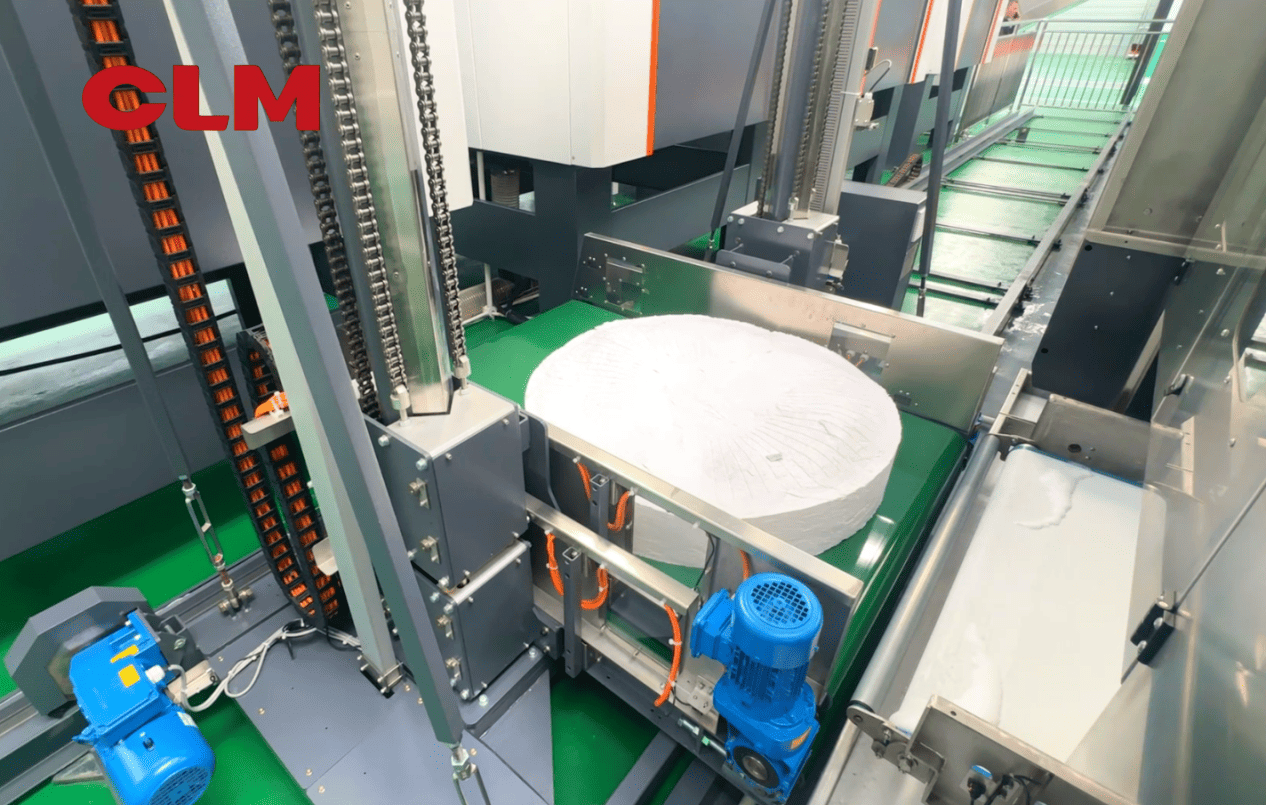Medical linen has attracted much attention due to its specialty. The cleaning degree of the medical linen directly has an impact on the health and safety of the patients and the infection control in hospitals. However, each link of laundry process may have potential risks and problems. In this article, we will have a detailed analysis of the eight key steps of the medical linen laundry: collection, transportation, classification, wash, dry, fold, storage, and usage, to discuss the key points of risk control and precautions, and provide professional management advice for operators in the medical linen laundry industry.
Collection Process
❑ Current condition
In the medical linen collection link, the most common problem is aggravation of contaminants in dirty linen. Many employees of laundry plants have a cautious attitude towards soiled linen, leading to the linen being randomly piled up, trampled on or dragged after being counted. In addition, when the collectors handle the linen which are contaminated with blood, secretions or severe contamination, the collectors failed to put it separately into impermeable and safely sealed bags, and they didn’t use laundry bags of different colors to distinguish them. These mistakes not only increase the degree of contamination of the linen, but also raises the difficulty and cost of washing.
❑ Key control points and suggestions
● Standardize collection operations
The employees should receive professional training to clearly understand the disposal norms for soiled linen. The soiled linen should be immediately put into a dedicated laundry bag after being counted to avoid being randomly piled up or dragged.
The linen that is contaminated by blood or secretions must be separately placed in impermeable and safely sealed bags. Also, the laundry bags of different colors should be used to distinguish them for subsequent handling.
● Supervision and Management
Establish a supervision mechanism to ensure that employees strictly adhere to standardized operations. Timely correcting and punishing violations can enhance employees’ sense of responsibility.
● Optimize collection process
Design reasonable routines of collection and time planning to avoid the linen’s long-term exposure to the contaminated environment. In addition, provide necessary protective equipment such as gloves and masks for the collection personnel to ensure their health and safety.
Sorting Process
❑ Current condition
Sorting is the key process of the linen laundry process. However, many laundromats have the problem of non-standard operation in this link. For example, the linen was not sorted properly, which led to the need for re-sorting after washing, increasing repetitive labor and reducing production efficiency.
❑ Key control points and suggestions
● Clarify the sorting criteria
Make a detailed sorting standard according to the linen’s type (Bed sheets, quilt covers, surgical gowns…), color, dirty degree and so on to make sure the sorting standards are clear and easy to obey.
● Strengthen training
Employees must undergo training on the sorting operation to become familiar with the sorting standards and the operational process. Through the on-site showcase and case analysis, the employees’ sorting skills can be improved.
● Optimize the sorting process
Immediately do the sorting job after collecting the linen to avoid the long-term piling up of the soiled linen. The sorting job should be done in the special sorting zone to make sure that the environment is clean and orderly.
Washing Process
❑ Current condition
In the laundry process, the cleanliness level and the disinfection effects are very important. However, many laundries have drawbacks in the choice of detergents, and the control of washing time and washing temperature, which lead to poor washing effects and cannot effectively remove stains and kill germs.
❑ Key control points and suggestions
● Choose appropriate detergents
Choose appropriate detergents and disinfectants according to the material of the linen and the contamination level. Make sure the detergents have good decontamination ability and disinfection effect and cause no damage to the linen material.
● Optimize the washing parameters
Adjust the washing duration and temperature according to the categories of the linen and the dirt level. For heavily soiled linen, appropriately extend the washing time and increase the washing temperature to ensure the cleaning effects.
● Regular maintenance for equipment
Regularly check and maintain the laundry equipment to ensure its normal operations. Timely clean the inner dirt and residues in the machines to prevent secondary contamination.
Drying Process
❑ Current condition
In the process of drying and folding, sorting and quality inspection are important. If the reasonable sorting hasn’t been done before washing, the re-sorting should be done after the drying process, which increases repetitive labor. In addition, incomplete quality inspection during the folding process can cause linen with residual stains to flow into the usage process.
❑ Key control points and suggestions
● Advanced sorting
Before washing linen, the sorting task should be done to ensure the high efficiency of the drying and folding process. According to the types and uses of the linen, they should be sent to the dryer or the ironer to avoid repeated sorting.
● Strict quality inspection
The quality inspection is important in the folding process. The quality inspection not only checks the residual blood but also identifies and sorts the residual stains to use them as a basis for improving the laundry process. For the linen that should be rewashed, people should choose appropriate rewashing methods and stain removal methods. Linen that still cannot remove stains after multiple washes should be scrapped.
● Optimize the use of equipment
Regularly maintain the dryer and ironer to ensure the normal operation of the equipment. Adjust the temperature of the equipment and the time parameters to ensure the drying and ironing effect.
Storage Process
❑ Current condition
The storage and delivery of clean linen are important links to ensure the hygiene of the linen. However, many laundries have drawbacks in the management, such as a damp environment, dust pollution, insect breeding… In addition, the nonstandard management of the warehousing and distribution of linen may lead to its expiration or cross-contamination.
❑ Key control points and suggestions
● The linen storage area should be dry and well-ventilated to avoid moisture and dust contamination. Regularly cleaning the storage zone can prevent the breeding of insects.
● Standardized storage management
The linen should be strictly classified and stored according to different usage areas and locations, neatly arranged, and clearly marked. Appoint a dedicated person to be responsible for the storage of finished linen, establish an entry registration file, and record information such as the type, quantity, and entry time of the linen.
● Standardize the sending management
Appoint a dedicated person to distribute finished linen, establish a distribution registration file, and record information such as the wards where the linen is used, the quantity, and the distribution time.
Strictly follow the “first in, first out” principle for the storage and distribution of linen upon entry to the warehouse to prevent the linen from expiring or piling up.
Conclusion
Every link of the medical linen laundry process is very important. Neglecting any link may cause contamination of the linen or a poor washing effect, which can hurt the health and safety of patients and the hospital’s reputation. As a result, the operators in the medical linen laundry should pay close attention to the risk control and management of the overall process.
Post time: Jul-21-2025




